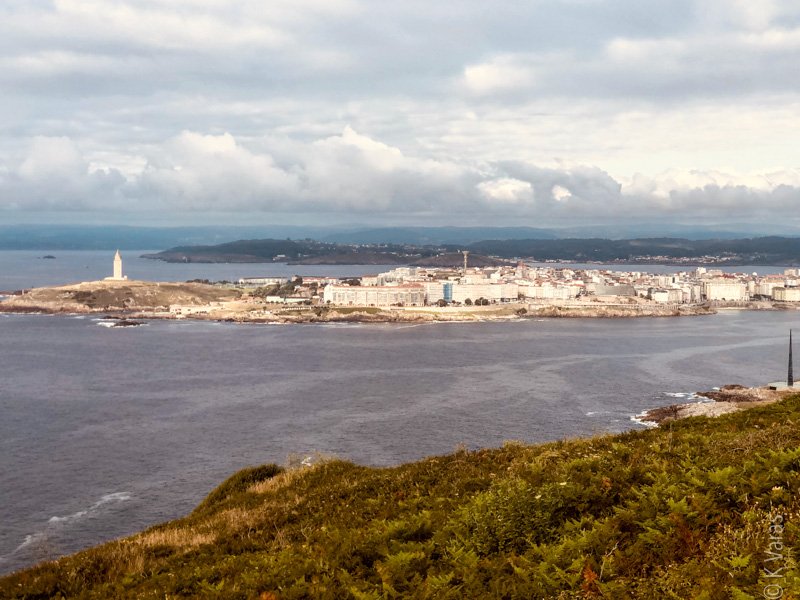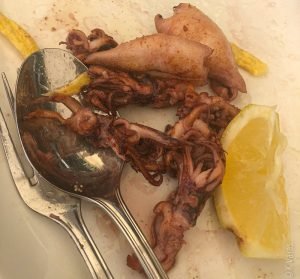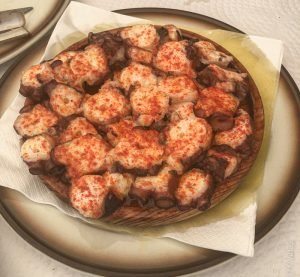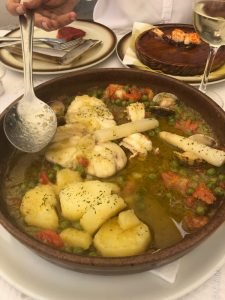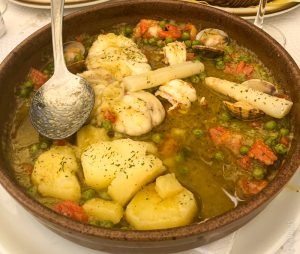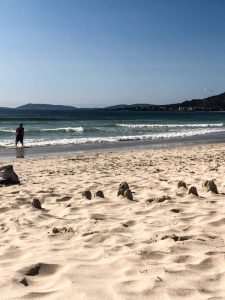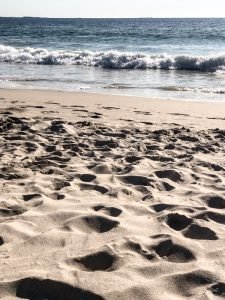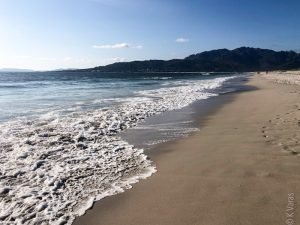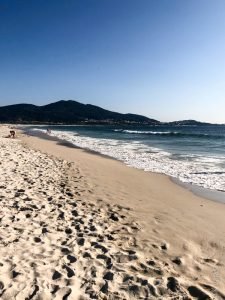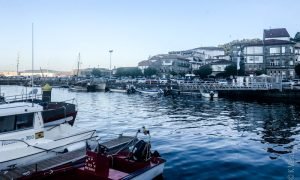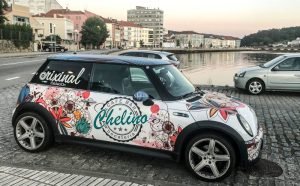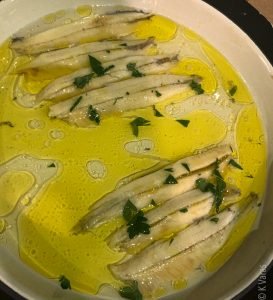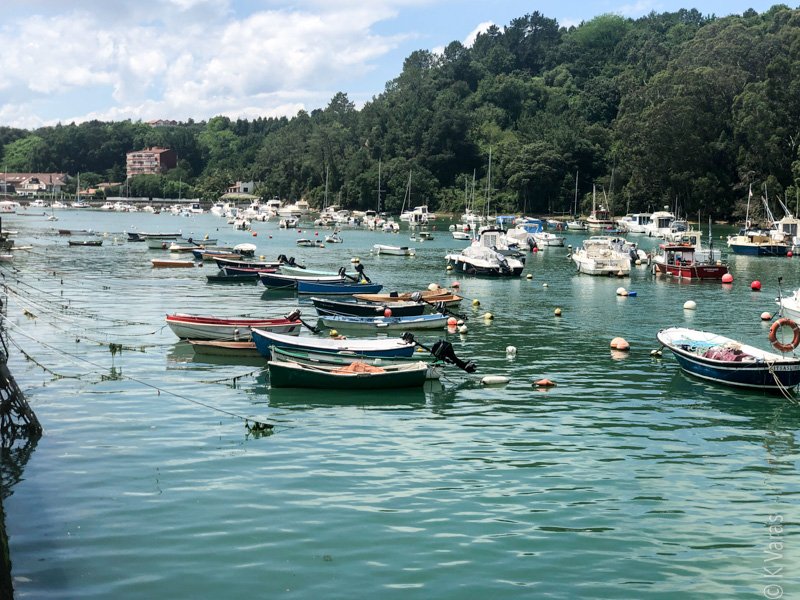
Rías Baixas, Day One
Another of the advantages of having friends in new places is that once in a while you get invited along on a mini-vacation to parts unknown. It also helps when that friend has a friend with a car making the whole thing even more fun. Thus began a three-day four-woman escapade to one of the most beautiful regions in all of Spain: las Rías Baixas, a series of four estuarine inlets located on the southwestern coast of Galicia. They are the Ría de Muros e Noia, the Ría de Arousa, the Ría de Pontevedra, and the Ría de Vigo … we limited our visit to the first one only — after all, there is only so much you can see in three days.
My little group included Fely, Sagrario, and Ana, the car owner who didn’t want to drive making Sagra the default driver, however pleadingly I gazed at the steering wheel. I guess my international license didn’t look as appealing as her Spanish one (note to self: must get a Spanish driver’s license!). I did, however, get the job of the pilot, which may or may not have been such a great idea at times since the English-speaking Google Maps assistant made some interesting choices taking us through a variety of backroads I probably wouldn’t have chosen had we been in a hurry. Fortunately we were not in a hurry and nobody complained making the experience very entertaining not to mention educational: the Galician countryside is absolutely lovely and worth visiting.
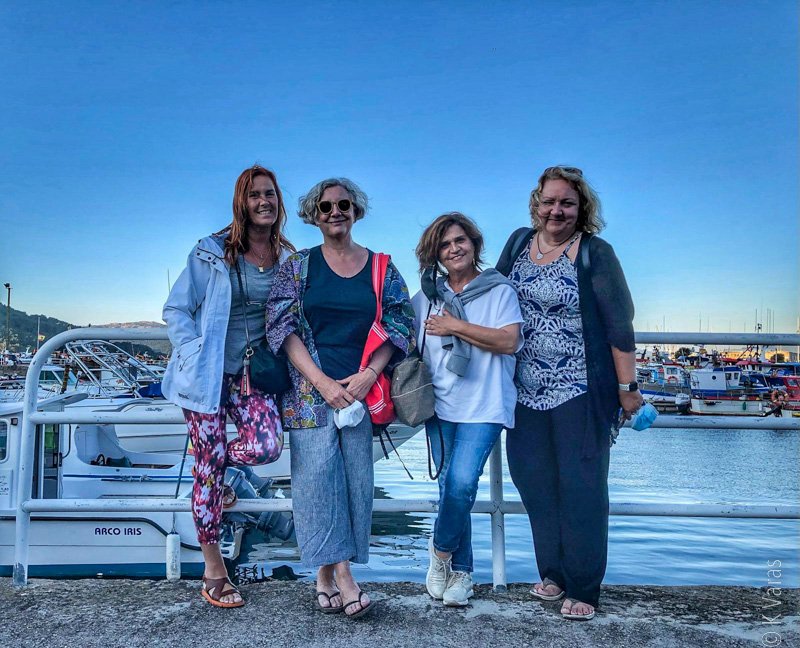
First on the agenda was lunch, of course. Galicia is famous for its amazing seafood and we were not disappointed with our initial meal of the trip. We found a place in the small village of San Francisco, on the north side of the Ría de Muros e Noia, and, as it has become the norm here, the food was delicious. At Restaurante Antonio, we feasted on sepia (cuttlefish), pulpo (octopus), navajas (razor clams), and rape (monkfish), the oddly-named (at least for English-speakers) fish that has now become my favourite. The monkfish is a fantastically meaty fish, delicious in stews or simply pan-fried with a little olive oil, garlic, and lemon juice; I can’t recommend it enough.
Unsurprisingly, we needed a little siesta after a great meal, so Fely took us to her favourite beach a bit further north, at Carnota. Not surprisingly, her favourite beach has now become my favourite beach too: the sand was warm and soft, the water a much deeper blue/green than the Mediterranean, and the views amazing, and I’m not just talking about the many very tanned and very naked men all around the beach. Apparently we had stumbled upon the clothing-optional part of Carnota Beach and in true Spanish tradition, this was mainly a boys’ playground. While I did not join my fellow travelling sisters in dropping the tops and sauntering around the length of the beach, I did not mind the other views at all and settled in to enjoy a little solo beach time. It was glorious!

The long hot afternoon eventually became a cooler evening, however, and we still had to get to our hotel in the town on Noia, about an hour away. The drive itself was along a winding, coast-hugging road, through numerous little fishing villages each cuter than the previous one. One of these was the picturesque Porto de Muros where the fishing boat-filled harbour was surrounded by hill-hugging homes
As the sun was setting over the ocean behind us, we crossed a series of large bridges that led to the old part of Noia, nestled on the banks of the Noia estuary (Esteiro de Noia). We checked into a little unassuming hotel just off the waterfront, got a bit organized, and headed out to explore the neighbourhood and find a suitable dinner place. That, fortunately, wasn’t far away, and the dinner was delish. It got interrupted a little by an extremely hyper but totally adorable puppy. Once again, I offer proof that I am really bad at taking pictures and videos of cute puppies in motion.
All in all, the first day of this little trip proved to be tremendous fun and we all went to our beds happy … I just hope my snoring wasn’t any worse than theirs was!

